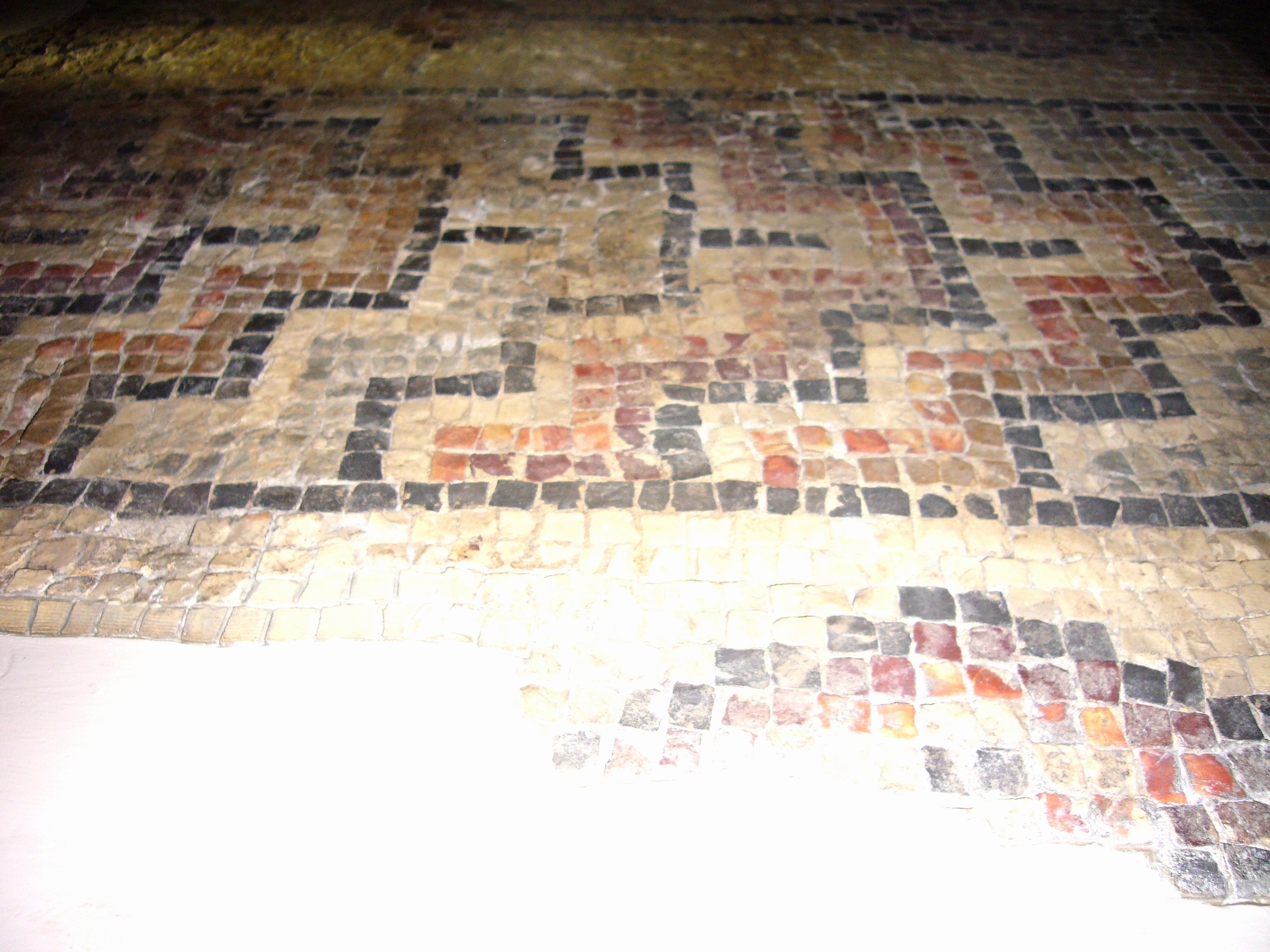Mosaics at Beth Shean









Archaeologists have uncovered a wide variety of floor mosaics from Beth Shean’s Roman, Byzantine, and Islamic periods that provide evidence for the range of possibilities of the medium. To make a mosaic, artists arranged small colored stones (tesserae) to form geometric designs, plant life, animals, human figures, writing, mythological stories, and religious symbols in a dazzling array of approaches to covering floor space. Beth Shean was likely one of the centers of mosaic production in the region, with examples found in domestic, civic, commercial, and religious spaces within the Byzantine settlement. Because they are made of stone embedded in concrete, mosaics are not as easily destroyed by time as paintings or textiles, and provide us with valuable evidence regarding the visual language of daily life.


